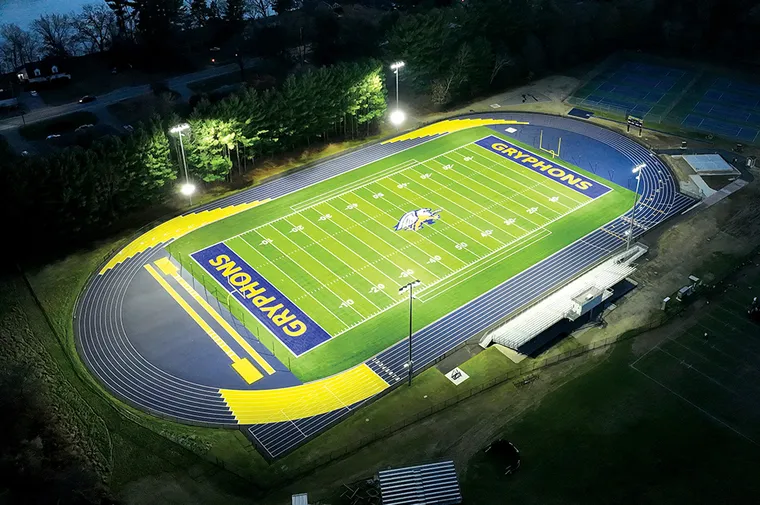Shedding new light on existing sports facilities
Adding lighting to sports facilities brings a raft of advantages. It increases patron safety and allows facilities (fields, courts, or any other structure) to host more hours of play, particularly after school or work.
Lighting also increases the overall appeal of facilities, allowing them to become go-to sites for tournaments, championships, and big games, as well as for leagues, camps, and other programs.
But, as the saying goes, for every action, there is an equal and opposite reaction, and in this case, that reaction can come in the form of questions and concerns from nearby neighbors.

